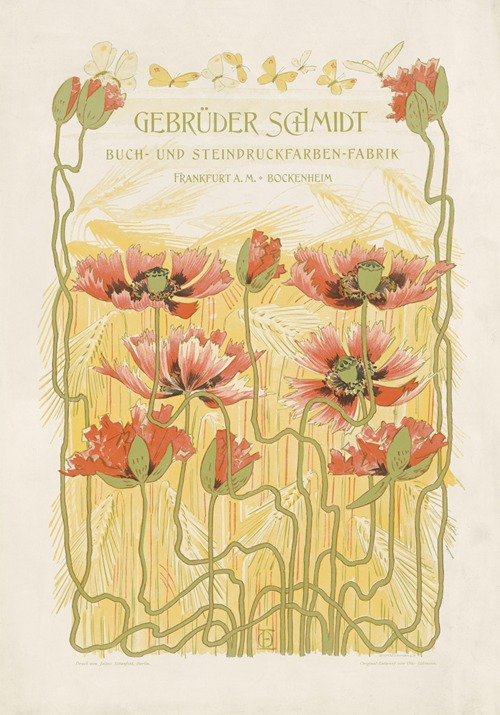
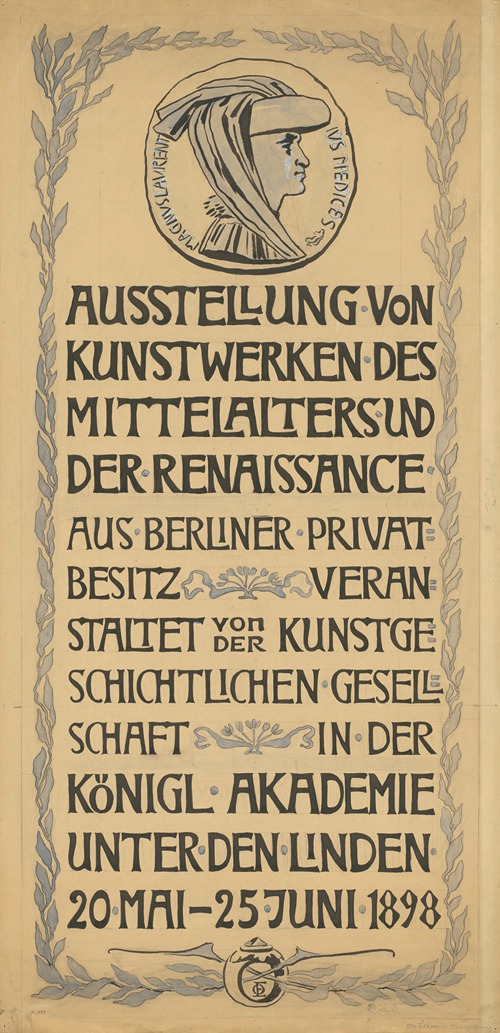
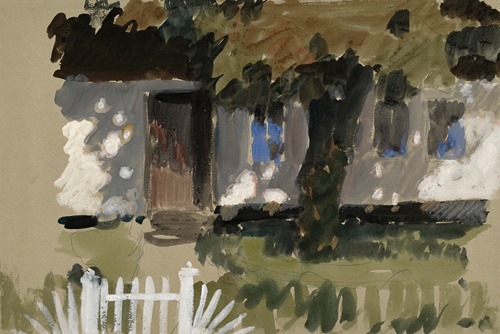
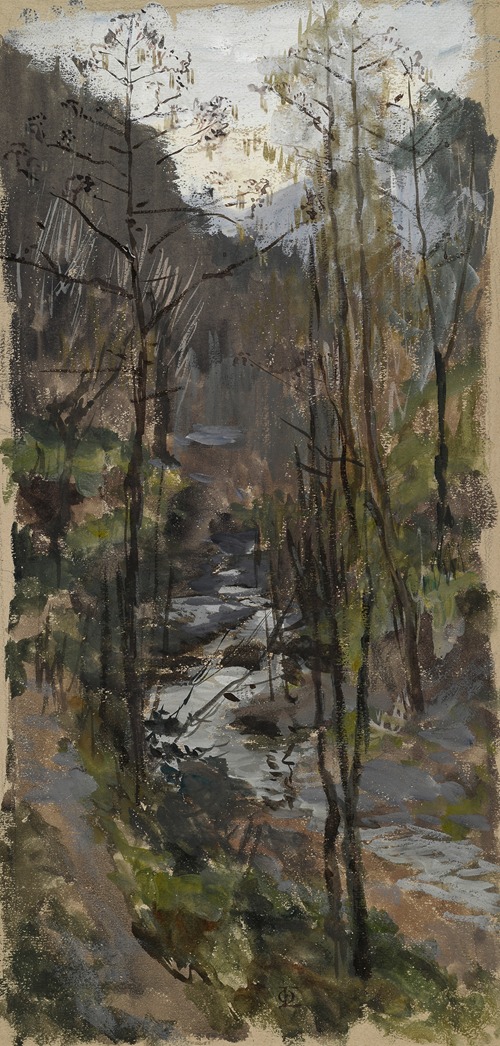



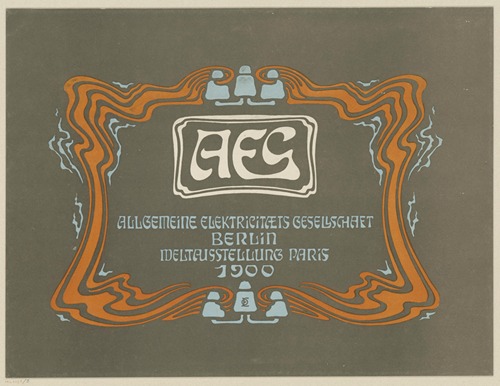
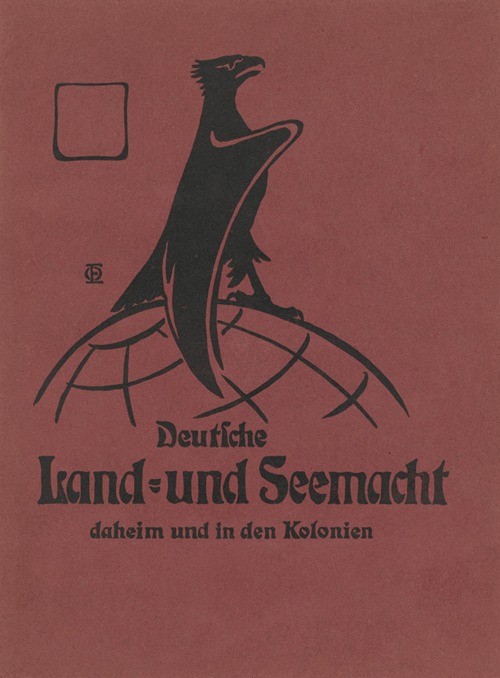
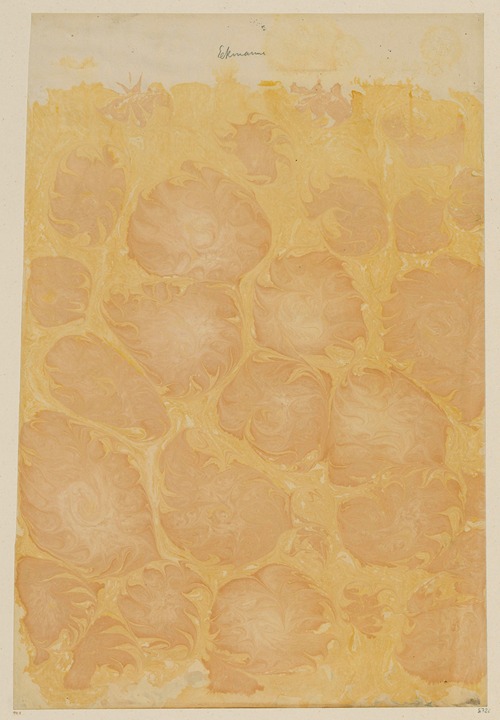
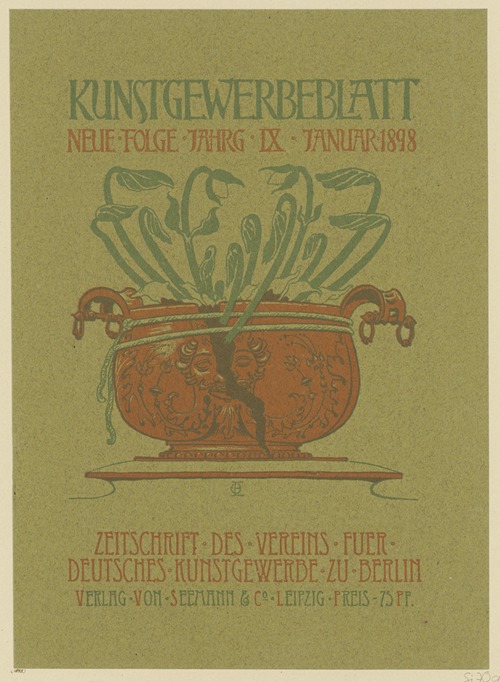
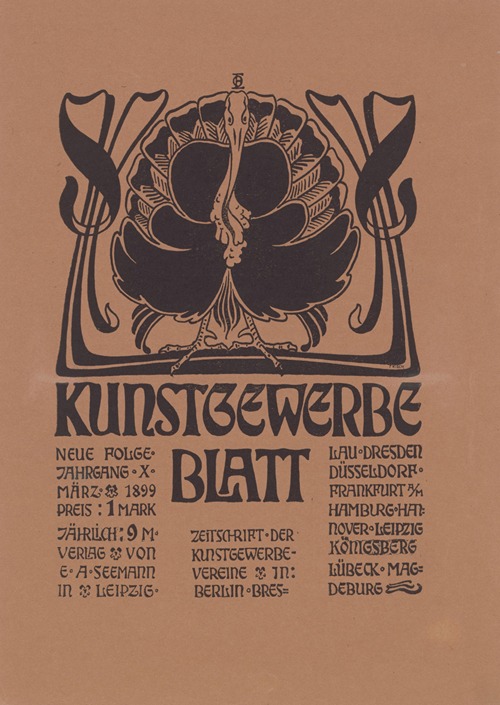



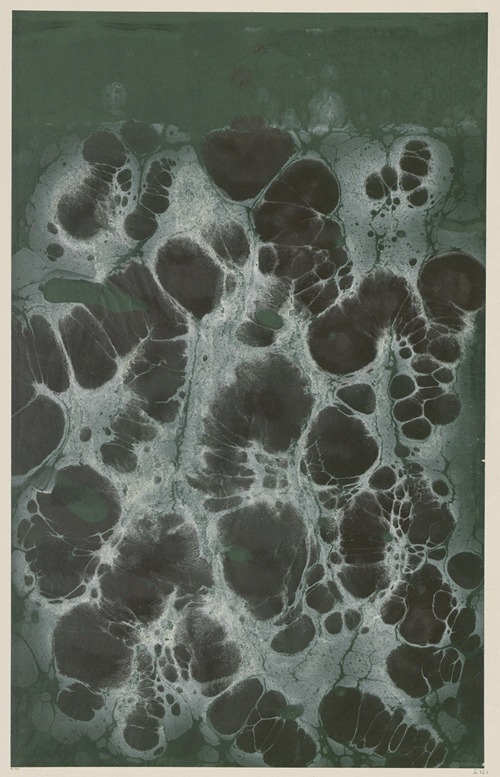
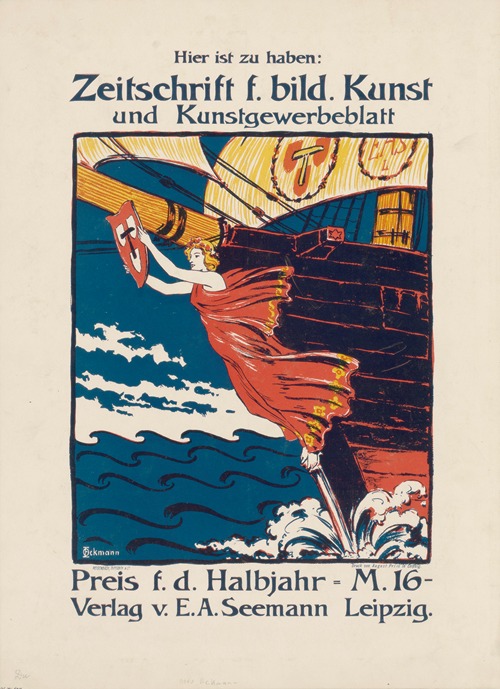
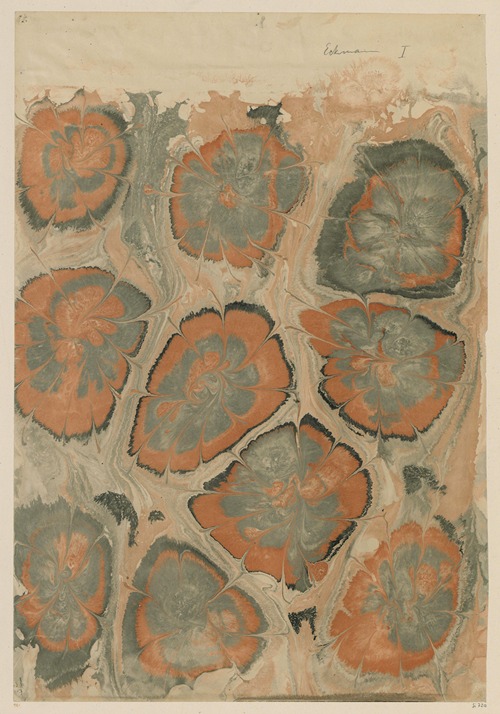

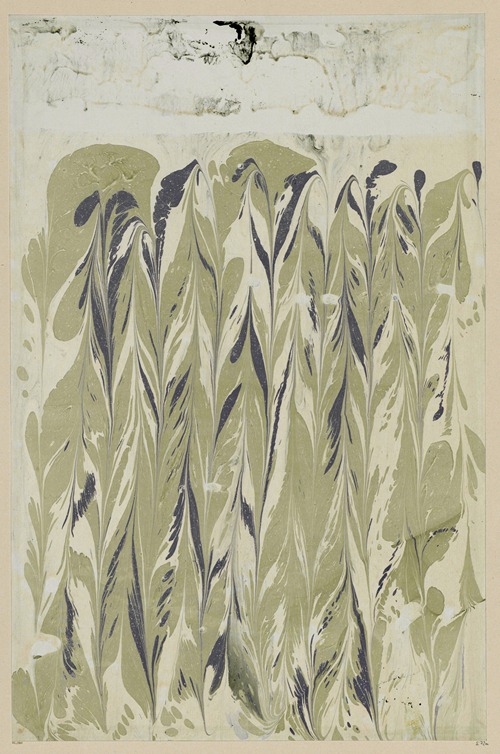
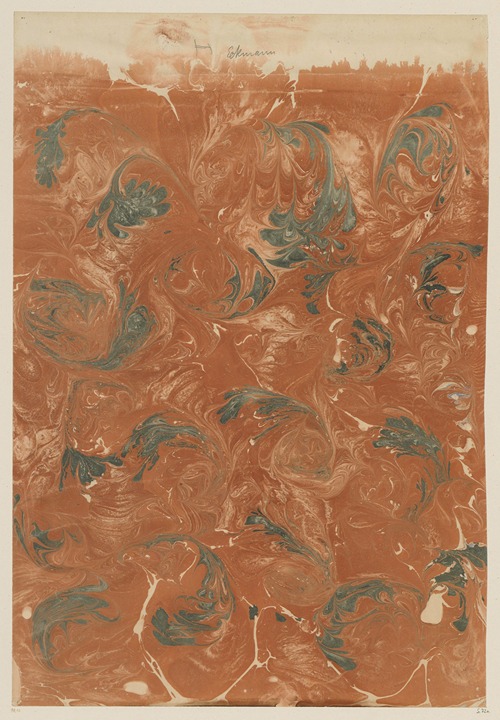

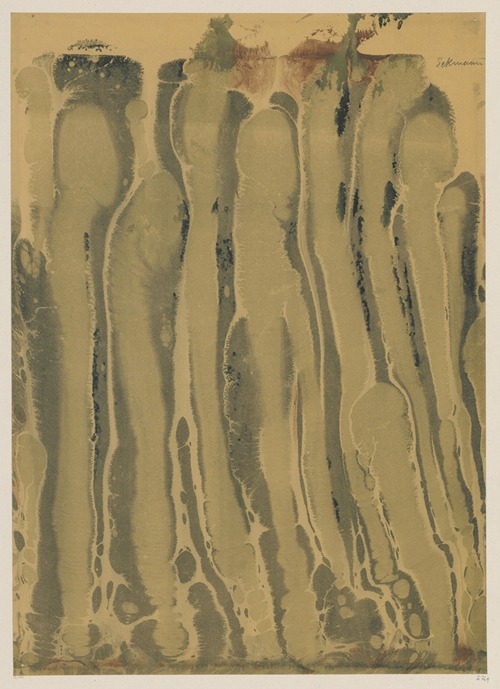
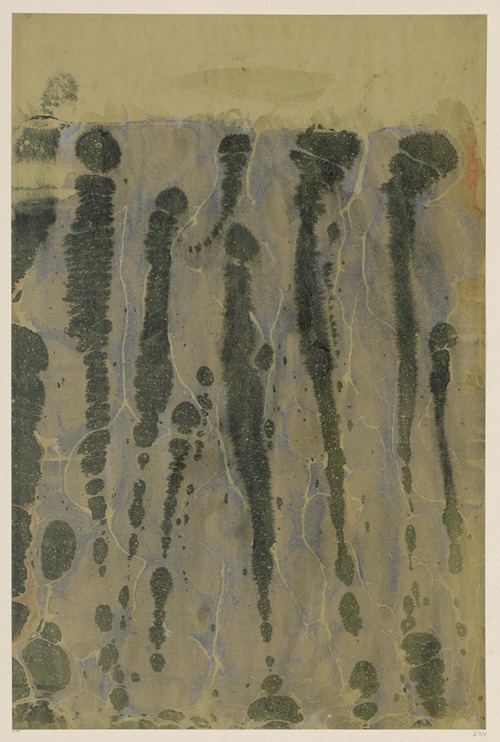

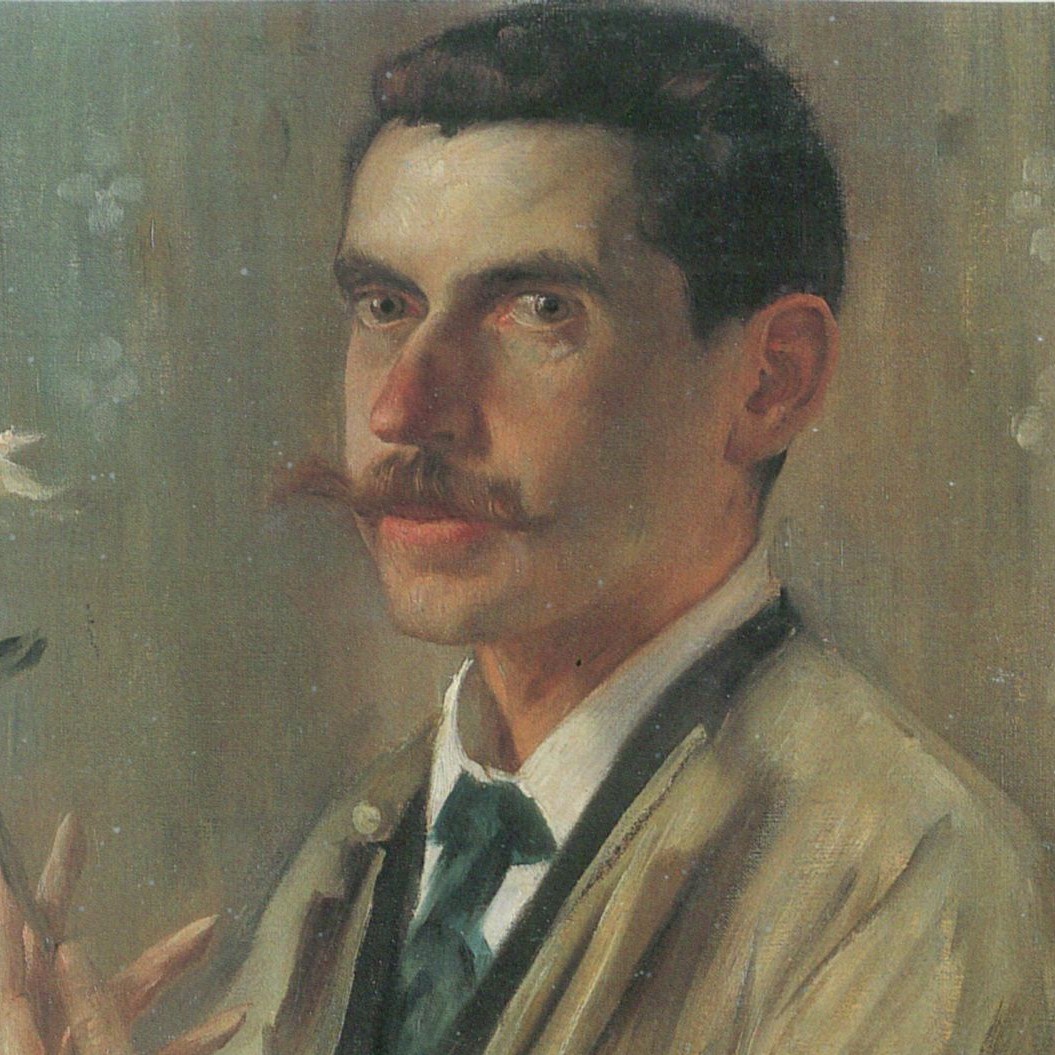

Otto Eckmann was a German painter and graphic artist. He was a prominent member of the "floral" branch of Jugendstil. He created the Eckmann typeface, which was based on Japanese calligraphy and medieval font design.
Otto Eckmann was born in the Free and Hanseatic City of Hamburg, Germany in 1865. He studied at the Kunstgewerbeschule in Hamburg and Nuremberg and at the academy in Munich. In 1894, Eckmann gave up painting (and auctioned off his works) in order to concentrate on applied design. He began producing graphic work for the magazines Pan in 1895 and Jugend which had roughly 20,000 readers every week in 1896. He also designed book covers for the publishers Cotta, Diederichs, Scherl and Seemann, as well as the logo for the publishing house S. Fischer Verlag. Eckmann used woodblock print for his work on Jugend magazine similar to japanese woodblock prints and later-adapted French styles. Eckmann's work differed from others in the Art Nouveau movement in that he used dimensionality in his designs, where most designers used a flat look Eckmann's work shows a clear background, middle-ground and foreground.
In 1897 he taught ornamental painting at the Unterrichtsanstalt des Königlichen Kunstgewerbemuseums in Berlin. In 1899, he designed the logo for the magazine Die Woche. From 1900 to 1902, Eckmann did graphic work for the Allgemeine Elektrizitätsgesellschaft (AEG). During this time, he designed the fonts Eckmann (in 1900) and Fette Eckmann (in 1902), probably the most common Jugendstil fonts still in use. Eckmann was also proficient in tile design and furniture design.
Eckmann died of the tuberculosis that had plagued him for years on 11 June 1902, at age 37 in Badenweiler, Germany.
























